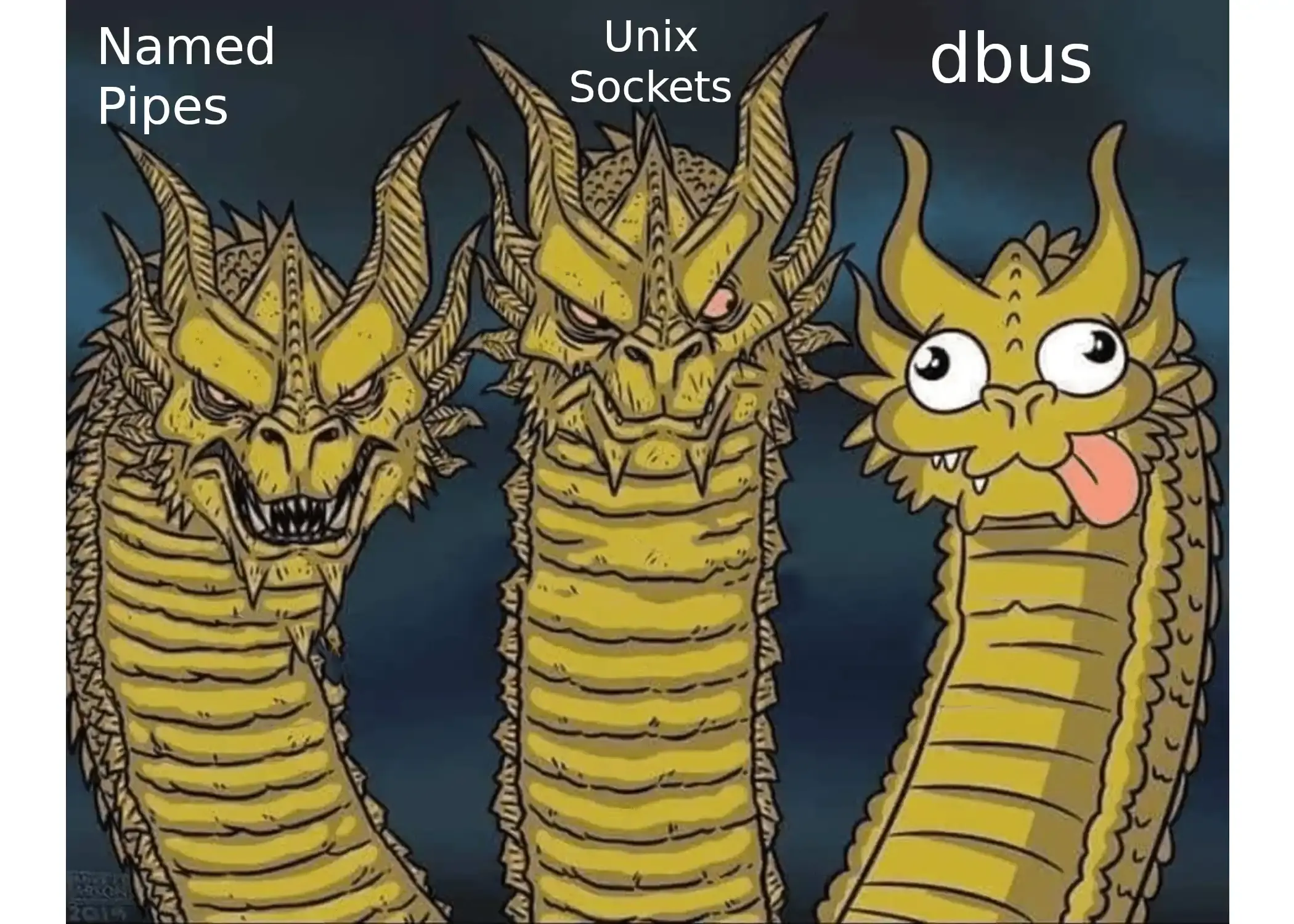this post was submitted on 28 Dec 2023
201 points (81.5% liked)
Linux
48165 readers
859 users here now
From Wikipedia, the free encyclopedia
Linux is a family of open source Unix-like operating systems based on the Linux kernel, an operating system kernel first released on September 17, 1991 by Linus Torvalds. Linux is typically packaged in a Linux distribution (or distro for short).
Distributions include the Linux kernel and supporting system software and libraries, many of which are provided by the GNU Project. Many Linux distributions use the word "Linux" in their name, but the Free Software Foundation uses the name GNU/Linux to emphasize the importance of GNU software, causing some controversy.
Rules
- Posts must be relevant to operating systems running the Linux kernel. GNU/Linux or otherwise.
- No misinformation
- No NSFW content
- No hate speech, bigotry, etc
Related Communities
Community icon by Alpár-Etele Méder, licensed under CC BY 3.0
founded 5 years ago
MODERATORS
you are viewing a single comment's thread
view the rest of the comments
view the rest of the comments

In either case you still need to read the documentation of whatever daemon you're trying to interface with to understand how it actually works. Dbus just adds the extra overhead of also needing to understand how dbus itself works. Meanwhile sockets can be explained in sixteen words: "It's like a TCP server, but listening on a path instead of an ip and port".
This makes no sense because dbus uses unix domain sockets.
It sounds like you don't actually understand what dbus is.
It's much easier to understand how dbus works once than to understand how every daemon you connect to works every time you interface with a new daemon.
but you still have to understand the methods available in every daemon
Yeah that's the case with programming.... well anything. This at least gives you a way to automatically receive all of that data from any app without excessive prior knowledge. With a small amount of info you can filter for specific events and create all kinds of robust functionality. That's the power of a set protocol - it is to make things widely compatible with one another by only depending on the dbus protocol and app name. Otherwise you may need to depend on some shared objects which makes deployment and maintenance a total clusterfuck.
https://en.wikipedia.org/wiki/Coupling_(computer_programming)
You got downvoted for speaking the truth. You can't talk to a dbus app without understanding how it communicates. You can't talk to a sockets app without understanding how it communicates.